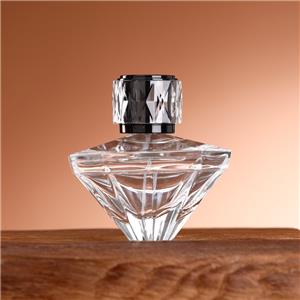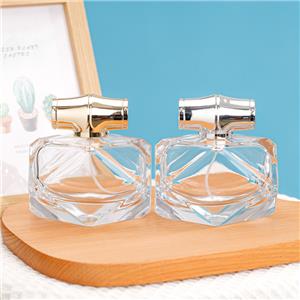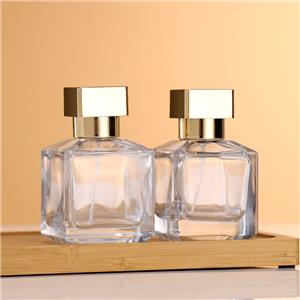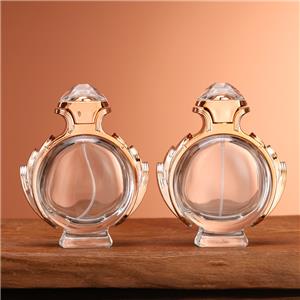ECO-Friendly Perfume Bottle Materials
Introduction
Sustainability has become a major trend in the fragrance industry. Today’s consumers are not only looking for elegant packaging but also care about the **environmental impact** of their purchase. Choosing **eco-friendly perfume bottle materials** is a key step for brands that want to demonstrate social responsibility and attract eco-conscious customers.
This article explores the most popular sustainable materials used in perfume bottles and how they can enhance both your brand image and customer trust.
1. Recycled Glass
Why it’s eco-friendly:
* Glass is 100% recyclable and can be endlessly reused without losing quality.
* Reduces energy consumption compared to producing new glass.
Advantages:
* Retains the luxury feel of traditional glass bottles.
* Can be decorated with frosting, painting, or printing.
Best for: Premium perfume brands that want to balance luxury with sustainability.
2. Biodegradable Plastics (PLA, PHA)
Why it’s eco-friendly:
* Made from natural renewable resources like corn starch or sugarcane.
* Biodegradable under industrial composting conditions.
Advantages:
* Lightweight, durable, and safe for travel-size perfume packaging.
* Reduces reliance on petroleum-based plastics.
Best for: Startups or mass-market brands seeking affordable sustainable options.
3. Recycled PET (rPET)
Why it’s eco-friendly:
* Produced from recycled plastic bottles, reducing plastic waste.
* Uses less energy compared to virgin PET.
Advantages:
* Affordable and widely available.
* Can be combined with glass or metal components.
* **Best for**: Mid-range brands aiming to scale production with eco-friendly alternatives.
4. Bamboo and Wooden Caps
* **Why it’s eco-friendly**:
* Bamboo is fast-growing and renewable.
* Wood can be responsibly sourced from certified forests (FSC-certified).
Advantages:
* Adds a natural, organic touch to perfume packaging.
* Unique textures and finishes increase product differentiation.
* **Best for**: Niche brands focused on natural or botanical-themed fragrances.
5. Metal Components (Aluminum, Stainless Steel)
Why it’s eco-friendly:
* Metals like aluminum and stainless steel are fully recyclable.
* Durable and long-lasting.
Advantages:
* Ideal for pump components and closures.
* Provides a sleek, modern look while reducing plastic use.
Best for: Brands seeking durability and modern aesthetics.
6. Refillable Bottle Systems
Why it’s eco-friendly:
* Encourages customers to reuse the same bottle.
* Reduces waste from single-use packaging.
Advantages:
* Can be paired with luxury glass designs.
* Creates customer loyalty through refill programs.
* **Best for**: Premium brands that want to stand out with sustainable luxury.
Conclusion
Choosing **eco-friendly perfume bottle materials** is not just about reducing environmental impact—it’s also a strategic move to attract today’s conscious consumers.
* **Recycled glass** offers premium elegance.
* **Biodegradable plastics and rPET** balance affordability with sustainability.
* **Bamboo, wood, and metals** add natural and durable design elements.
* **Refillable systems** foster long-term customer relationships.
✅ By integrating these sustainable materials, brands can **differentiate themselves, enhance brand value, and contribute to a greener future**.




